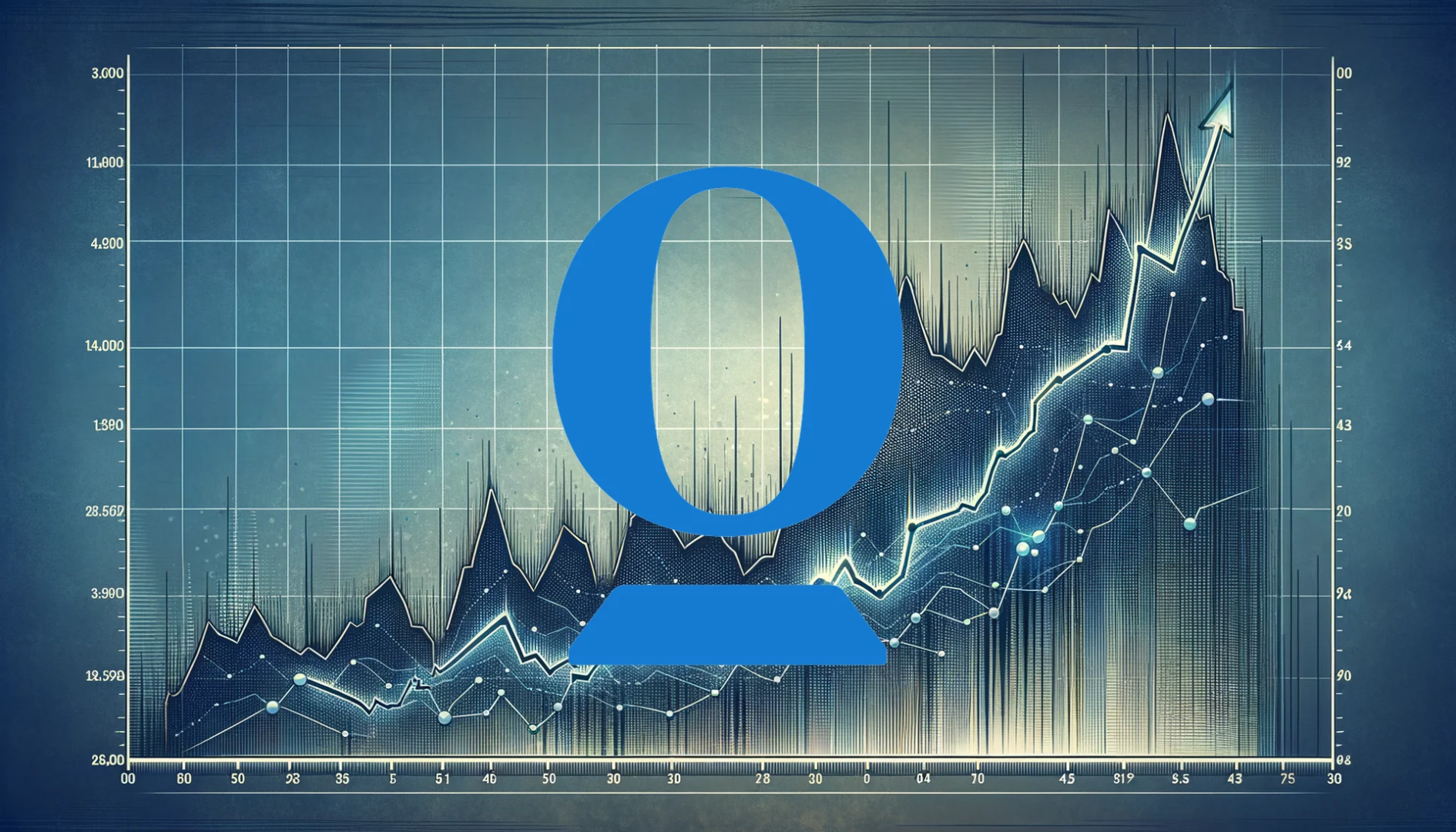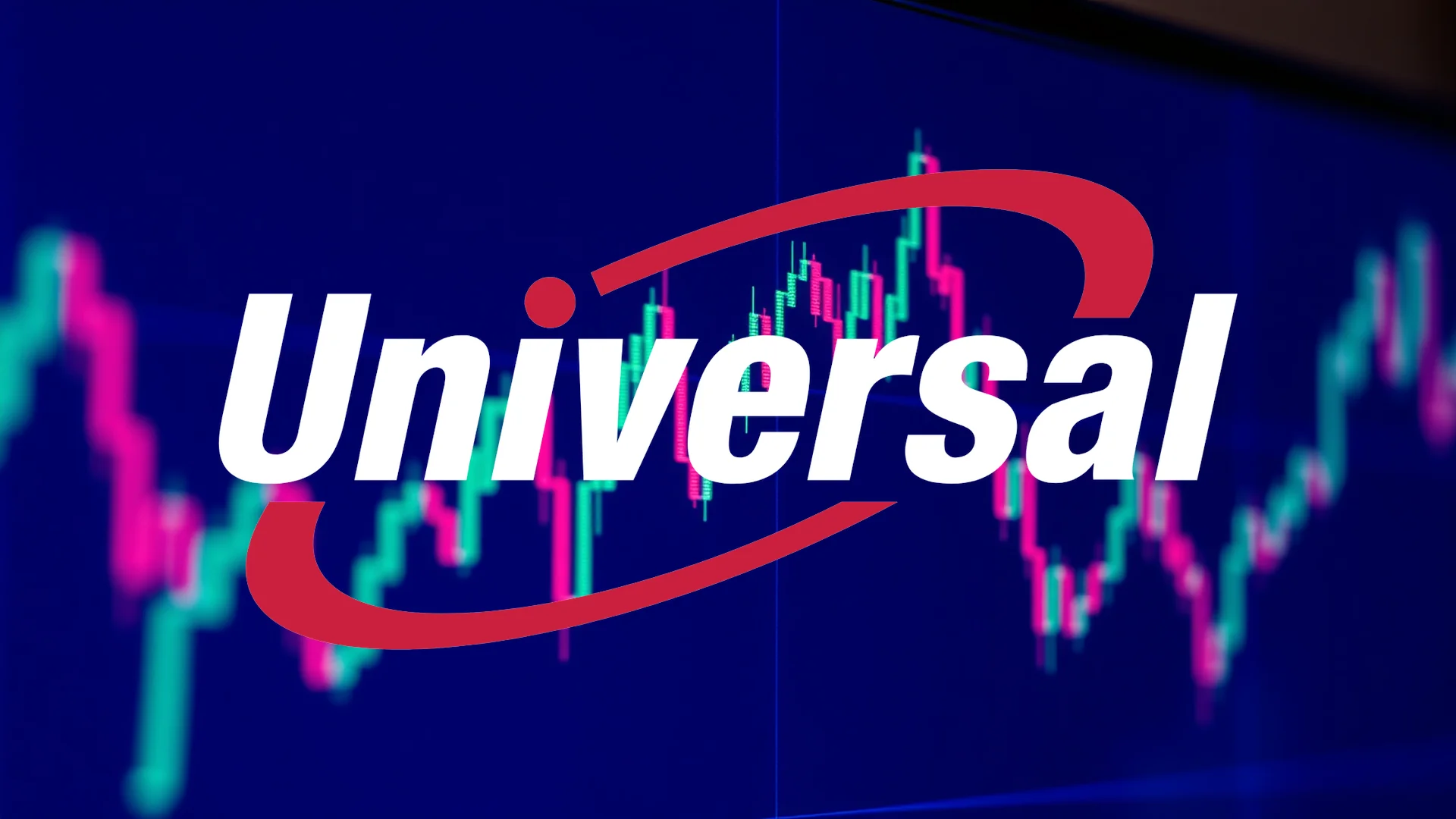Enterprise Products Partners L.P. (EPD) presents a complex investment case, marked by record-breaking operational performance, disappointing revenue figures, and a notable divergence in institutional investor sentiment during the first half of 2025.
Operational Records Contrast with Revenue Shortfall
The midstream giant reported its second-quarter 2025 results on July 28, revealing a tale of two different financial narratives. While the company’s net income held steady at $1.4 billion year-over-year, its earnings per share actually climbed by 3% to reach $0.66, narrowly surpassing analyst consensus estimates of $0.65.
However, the revenue picture proved decidedly less positive. Enterprise posted quarterly revenue of $11.36 billion, representing a significant 15.7% decline compared to the same period last year. More strikingly, this figure fell substantially short of market expectations, which had ranged between $14.19 billion and $15.24 billion—a miss of approximately 21.6%.
Despite the top-line weakness, Enterprise demonstrated formidable operational strength. The company generated adjusted EBITDA of $2.4 billion, while distributable cash flow (DCF) increased by 7% to $1.9 billion. This robust cash generation provided 1.6 times coverage for the company’s distributions.
The quarter saw record volumes across all of Enterprise’s core business segments:
* Natural gas processing volumes reached a new high of 7.8 billion cubic feet per day
* Natural gas pipeline volumes hit 20.4 trillion BTU daily
* Crude oil pipelines transported a record 2.6 million barrels per day
* Petrochemical and refined products handling reached 1.0 million barrels daily
The company’s gross operating margin expanded to $2.5 billion, driven primarily by heightened activity in the Permian and Haynesville shale basins.
Institutional Investors Display Divergent Strategies
Major financial institutions have taken notably different approaches to their EPD positions recently, reflecting the uncertain energy market environment.
Should investors sell immediately? Or is it worth buying Enterprise /MA?
Energy Income Partners LLC reduced its stake by 9.0% during the first quarter of 2025, selling approximately 1.26 million shares. Despite this reduction, Enterprise Products Partners remains the fund’s largest holding at 8.4% of its portfolio.
In contrast, Northern Trust Corp executed a substantial increase in its position, growing its holdings by 99.5% through the acquisition of an additional 285,980 shares. Other significant institutional moves included:
* ING Groep NV establishing a new position valued at $71.05 million
* Alps Advisors Inc. increasing its stake by 5.0% to 41.33 million shares
* JPMorgan Chase & Co. boosting its position by 65.3% to 4.35 million shares
* Truist Financial Corp dramatically expanding its holdings by 293.6%
Capital Allocation and Strategic Initiatives
Enterprise maintained its commitment to shareholder returns, raising its distribution to $0.545 per unit—a 3.8% increase over the previous year’s quarter. This marks the company’s 28th consecutive distribution increase, underscoring its consistent capital return policy.
The company’s investment activity remained vigorous, with quarterly capital expenditures totaling $1.3 billion. Of this amount, $1.2 billion was allocated to growth projects. Management reaffirmed its full-year 2025 guidance for growth capital investments, expecting to spend between $4.0 billion and $4.5 billion.
Several significant projects are scheduled to commence operations before the end of 2025, representing approximately $6 billion in investments:
* Two new natural gas processing facilities in the Permian Basin
* The Neches River Terminal, which began operations in July
* Frac 14 and the Bahia NGL pipeline, both expected in the fourth quarter
In a strategic move to bolster its Permian Basin presence, Enterprise completed the $580 million acquisition of a gas gathering system from Occidental Petroleum on August 22.
The company also continued its share repurchase program, buying back $110 million worth of its own units during the second quarter. Enterprise’s total distribution payout ratio, including these buybacks, stood at 57%. Meanwhile, the company maintained a conservative financial profile, with consolidated debt measuring 3.1 times EBITDA, well within its target range.
Ad
Enterprise /MA Stock: Buy or Sell?! New Enterprise /MA Analysis from December 8 delivers the answer:
The latest Enterprise /MA figures speak for themselves: Urgent action needed for Enterprise /MA investors. Is it worth buying or should you sell? Find out what to do now in the current free analysis from December 8.
Enterprise /MA: Buy or sell? Read more here...










